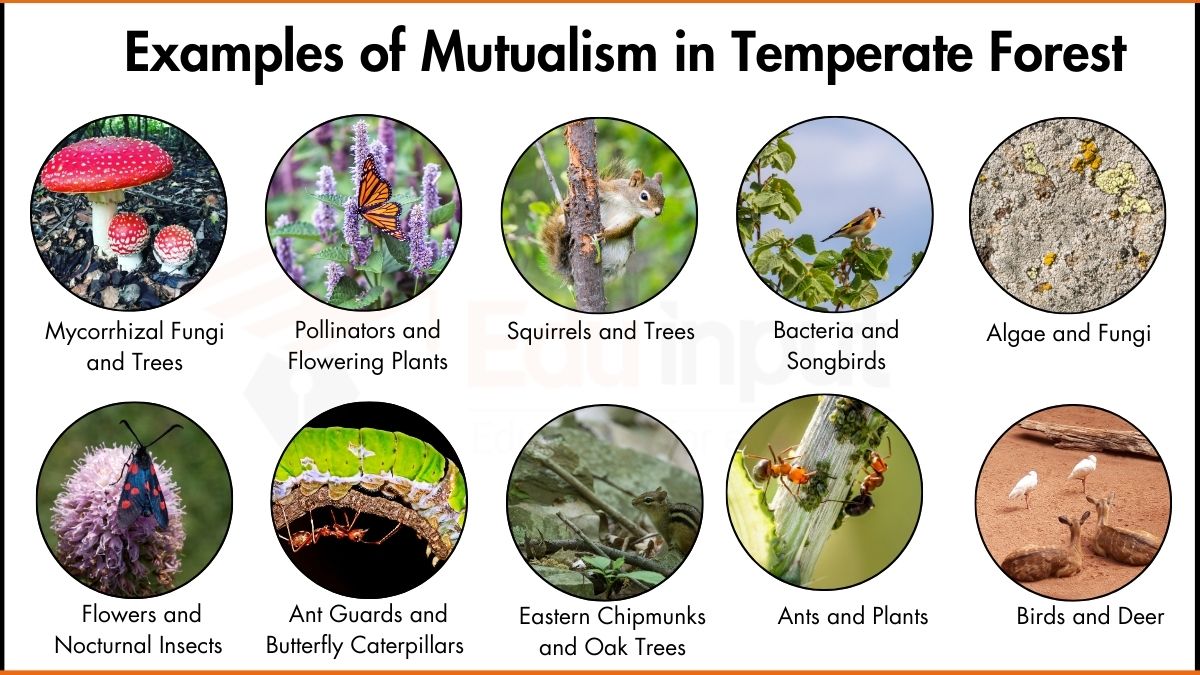15 Examples of Bryophytes
September 12, 2023
Bryophytes are traditional non vascular and seedlesss plants. Liverworts and mosses are examples of bryophytes.
Examples of Bryophytes
- Hornworts
- Hornworts (class Anthocerotopsida) are the simplest bryophytes. They have a flattened, leaf-like structure called a thallus, and they reproduce by spores. Hornworts are found in moist, shady habitats, such as forests and bogs.
- Liverworts
- Liverworts (class Marchantiopsida) are the most diverse group of bryophytes. They have a flattened, lobed thallus, and they reproduce by spores or by fragmentation. Liverworts are found in a wide variety of habitats, including moist soil, rocks, and tree bark.
- Mosses
- Mosses (class Bryopsida) are the most common group of bryophytes. They have upright stems and leaves, and they reproduce by spores. Mosses are found in a wide variety of habitats, including forests, wetlands, and even deserts.
- Pellia
- Pellia is a liverwort that is often found growing on damp rocks and soil. It has a lobed thallus that is green or yellow-green in color. Pellia reproduces by spores or by fragmentation.
- Marchantia
- Marchantia is a liverwort that is often found growing in moist soil. It has a lobed thallus that is green or brown in color. Marchantia reproduces by spores or by fragmentation.
- Riccia
- Riccia is a liverwort that is often found growing in water. It has a thread-like thallus that is green or red in color. Riccia reproduces by spores.
- Porella
- Porella is a moss that is often found growing on rocks and trees. It has a small, upright stem with two rows of leaves. Porella reproduces by spores.
- Sphagnum
- Sphagnum is a moss that is often found growing in bogs and swamps. It has a spongy, water-holding structure that helps to keep the bog or swamp moist. Sphagnum reproduces by spores.
- Polytrichum
- Polytrichum is a moss that is often found growing in forests. It has a tall, upright stem with many leaves. Polytrichum reproduces by spores.
- Dicranum
- Dicranum is a moss that is often found growing on rocks and trees. It has a small, upright stem with two rows of leaves. Dicranum reproduces by spores.
- Funaria
- Funaria is a moss that is often found growing on soil. It has a small, upright stem with two rows of leaves. Funaria reproduces by spores.
- Bryum
- Bryum is a moss that is often found growing on rocks and trees. It has a small, upright stem with two rows of leaves. Bryum reproduces by spores.
- Barbula
- Barbula is a moss that is often found growing on soil. It has a small, upright stem with two rows of leaves. Barbula reproduces by spores.
- Anthoceros
- Anthoceros is a hornwort that is often found growing on soil. It has a flattened, leaf-like thallus. Anthoceros reproduces by spores.
- Nephroma
- Nephroma is a hornwort that is often found growing on rocks and trees. It has a flattened, leaf-like thallus. Nephroma reproduces by spores.
File Under:




Leave a Reply